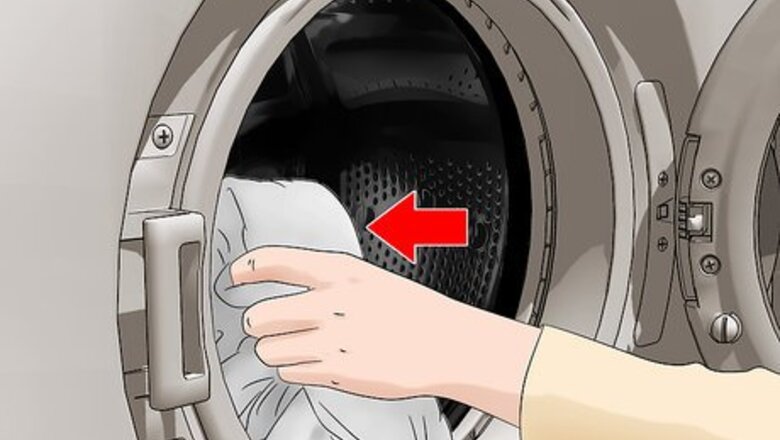
views
Using the Dryer
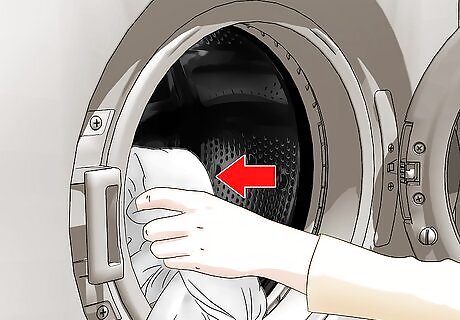
Place the wet polyester garments in the dryer. Move the wet garments to the dryer as soon as they're done being washed to prevent wrinkles. Do not overload the dryer or the fabric will take longer to dry. You can machine wash or hand wash polyester clothing. Do not let wet clothes sit or they will develop an unpleasant smell.
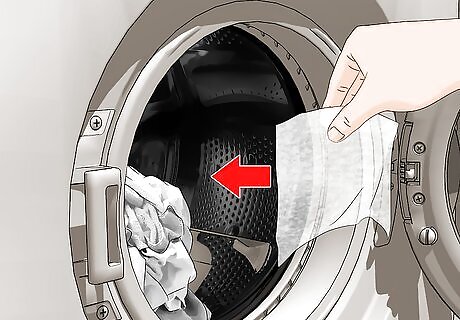
Use a dryer sheet to prevent static cling and wrinkles. Take a single dryer sheet and put it into the dryer on top of your clothes. In addition to preventing static cling, this will prevent your polyester from wrinkling. Most dryer sheets are coated with a fabric softener and a pleasant scent. If you used a fabric softener in the wash, you don’t need to use a dryer sheet. An alternative is to use wool dryer balls during the dryer cycle. Wool balls absorb moisture from clothing in the dryer, maintaining a more humid environment, and helping you get rid of static cling and friction.
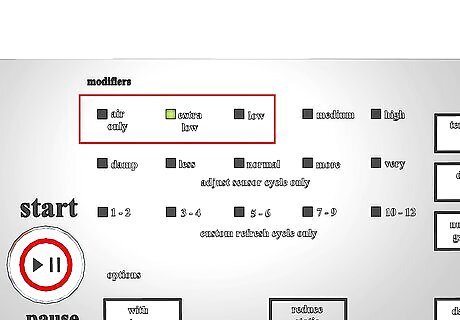
Adjust the settings on the dryer to "low" or "air dry" and turn it on. Close the door on the dryer and turn the knob on the control panel to the low or air dry setting. Hit the button to turn on the machine and dry the garment for a single cycle. The low setting will prevent the dryer from heating up and melting or shrinking the fibers. Remove the clothing from the dryer as soon it's done to prevent wrinkles.
Hand Drying Polyester
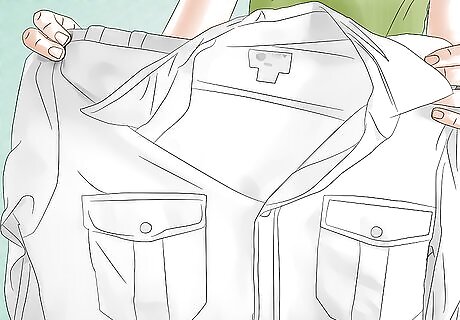
Remove the clothes from the washer as soon as they’re done. Letting wet clothes sit can create an unpleasant smell and cause the garments to feel rough and brittle when dry. Prevent this by starting the drying process as soon as you’re done washing the polyester. Wash your polyester in cold water to prevent shrinkage. Polyester can be washed in a washing machine or by hand.

Squeeze the water out of the garment to quicken the drying process. Take the wet garment and hold it over a sink. Grab the top of the clothing with one hand and squeeze the fabric with your other hand. As you work your way down the material, beads of water should drip down the polyester and go into the drain. Do not twist or wring the polyester or you will stretch and damage the fibers in the garment. Squeezing out excess water will make air drying much faster.

Hang the clothes on a clothesline or drying rack. Unfold and unravel the garment and hang it on a clothesline or drape it over a drying rack. If you’re hanging up the polyester outside, put it in a shady area, out of direct sunlight. Extended exposure to the sun can shrink the polyester. Leaving the garment folded or balled up will increase the drying time. You can place the garment under the shade of a tree or in an enclosed porch or deck.
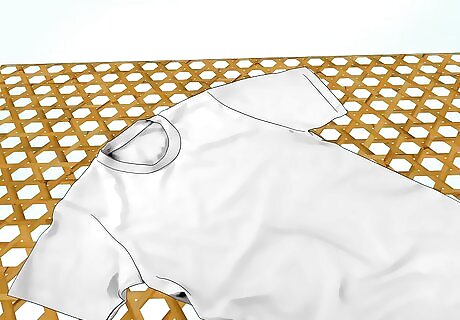
Lay the garment on a towel instead of using a drying rack or clothesline. Lay a white towel out on a flat surface, like a table. Then, unfold your clothes and lay them out on the towel. Don’t stack the wet garments on top of each other or it will take longer for the polyester to dry. Don’t lay your wet polyester on a colorful towel or some of the dye could transfer onto your garment.
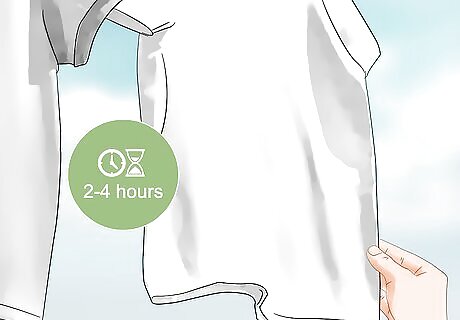
Let the garment dry for 2-4 hours. Polyester is made to be fast-drying, so it shouldn't take too long to be finished. Wait a few hours and check on the clothing to see if it’s dry. If you’re laying the clothes on a towel to dry, flip them over every hour to quicken the drying process. Once the garment is dry to the touch, fold and store it. You can point a fan towards the wet clothes to quicken the drying process.




















Comments
0 comment